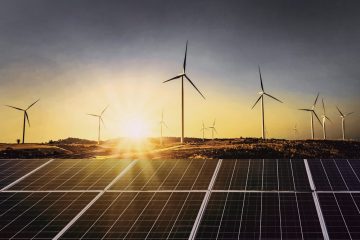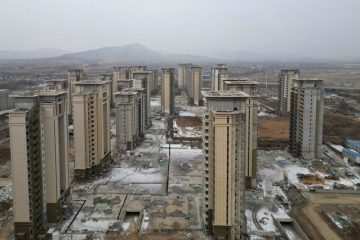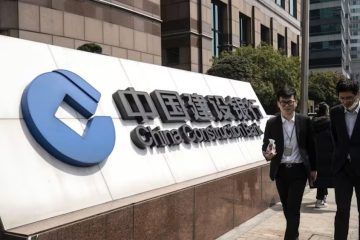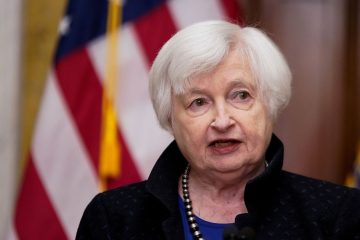Get Ready for Another China Shock!
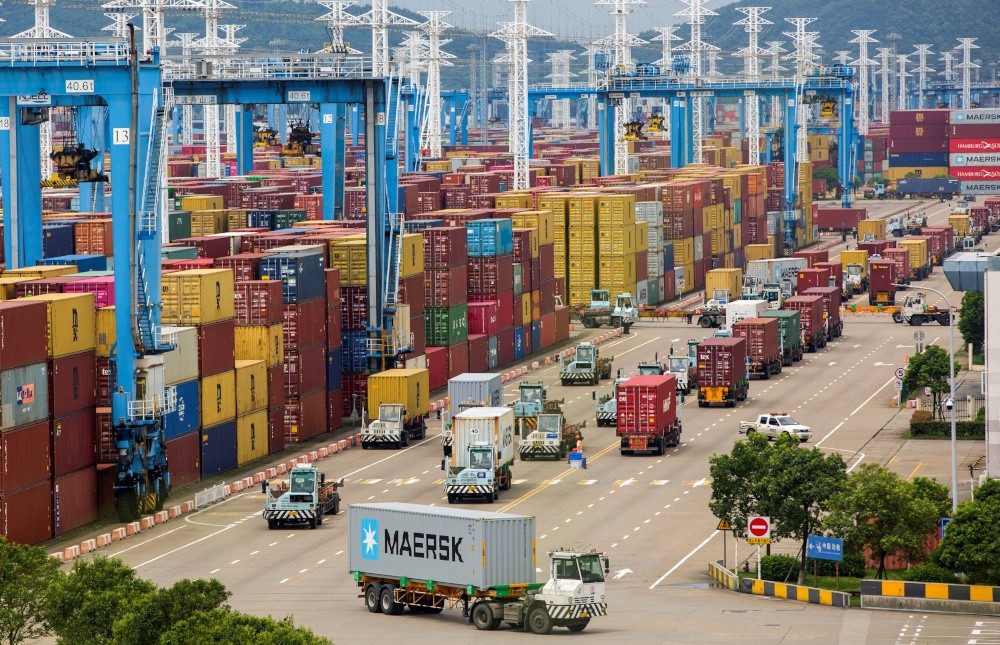
During the late 1990s and early 2000s, there was a surge in the import of inexpensive items created in China. This helped keep inflation low, but also led to the loss of manufacturing jobs in the United States and around the world.
With Beijing stepping up exports to boost the country’s GDP, a sequel could be on the horizon. Its manufacturing facilities are producing more automobiles, heavy equipment, and consumer electronics than the local market can handle. With the help of low-interest loans from the government, Chinese businesses are flooding international marketplaces with goods that don’t sell well in China.
Inflation may be falling even farther than before due to this China shock, according to some economists. China’s economy was thriving in the past, but it’s now slowing down. Chinese demand for commodities like coal and iron ore will not counteract the deflationary impact of low-priced Chinese-made items.
In addition to becoming the world’s largest manufacturer, China’s economy has grown substantially in recent years. In 2022, it accounted for 31% of the world’s manufacturing output and 14% of all exports of goods, according to figures from the World Bank. Twenty years ago, China’s contribution to global manufacturing was under 10% and its export share was below 5%.
When other countries’ factories went out of business in the early 2000s, China was the leading culprit when it came to overproduction. As geopolitical tensions escalate, nations like the United States are putting a lot of money into their own sectors and taking measures to protect them. Chinese companies like Contemporary Amperex Technology, which makes batteries, are constructing factories abroad in an effort to appease anti-import sentiment, even though they already manufacture a large portion of the world’s demand domestically.
This might lead to a glut of produced items and a shortage of purchasing power, which is a surefire way for prices to drop.
According to Thomas Gatley, a China strategist at Gavekal Dragonomics, “the balance of China’s impact on global prices is tilting even more clearly in a disinflationary direction.”
Several opposing factors must be considered. In the early 2000s, numerous American, European, and Japanese factories went out of business due to the flood of low-priced Chinese goods. None of these countries wants that to happen again. The government has responded by providing billions of dollars to sectors it considers strategically important and by imposing or threatening to impose tariffs on goods imported from China. There may be some disinflationary pressure from China this time around, but the developed world’s aging populations and ongoing labor shortages might counteract it.
“It won’t be the same China shock,” remarked David Autor, an economics professor at MIT and one of the writers of a 2016 article that characterized the initial China shock.
However, Autor emphasized that “the concerns are more fundamental” at the moment due to China’s competition with developed economies in complicated equipment, computer chips, and automobiles, all of which are considered as higher-value industries crucial to technical leadership.
After China joined the World Trade Organization in 2001 and enacted a number of liberalizing reforms in the 1990s, the country experienced its first shock. There were major advantages for American customers as a result of this. Low- and middle-income Americans saw the most benefits, according to a 2019 study, which indicated that consumer prices in the US for goods declined 2% for every additional percentage point of market share captured by Chinese imports.
However, local producers also felt the effects of the China shock. The United States lost about two million jobs between 1999 and 2011 due to Chinese imports, according to Autor and other economists in 2016. Manufacturers of furniture, toys, and clothing collapsed under the pressure, and residents in displaced neighborhoods struggled to find new occupations.
It seems like work is underway on a sequel.
A prolonged real estate shortage is dampening investment and customers are cutting back on spending, so China’s economy is likely to continue to slow down. Last year, it expanded at a modest 5.2% percent, which is low by its standards. The consulting firm Capital Economics predicts that yearly growth will moderate to about 2% by the year 2030. Beijing plans to stimulate the economy by flooding industries with capital, particularly for semiconductors, aircraft, automobiles, and renewable-energy equipment, and then exporting the excess.
Consumer and durable goods, food items, metals, and electrical machinery have all seen their producer prices fall in China for the past sixteen months due to overcapacity and insufficient demand.This disinflationary impulse is manifesting itself globally. U.S. import prices from China declined 2.9% year-over-year in January, whereas U.S. import prices from Japan, Mexico, and the European Union all grew.
In contrast to the early 2000s, however, Western nations today view China as their primary economic competitor and geopolitical enemy. Imposing tariffs or other import restrictions on electric vehicles manufactured in China is being considered by the European Union as a possible unfair subsidy. Trump, the former president and current Republican presidential nominee, has mentioned imposing taxes of 60% or more on Chinese goods.
Protectionism like this might cause deflation to spread to other regions as Chinese exporters seek out new customers in less developed nations. Similar to what happened in the United States in a bygone era, those economies may witness their own young sectors wither under the pressure of Chinese competition. China has kept its dominant position in low-cost industries while expanding into products usually dominated by developed economies, in contrast to Japan and South Korea, which shifted their focus from low-cost manufacturing to higher-value exports. China has “a unique mercantilist challenge,” according to Rory Green, chief China economist at GlobalData-TS Lombard.

